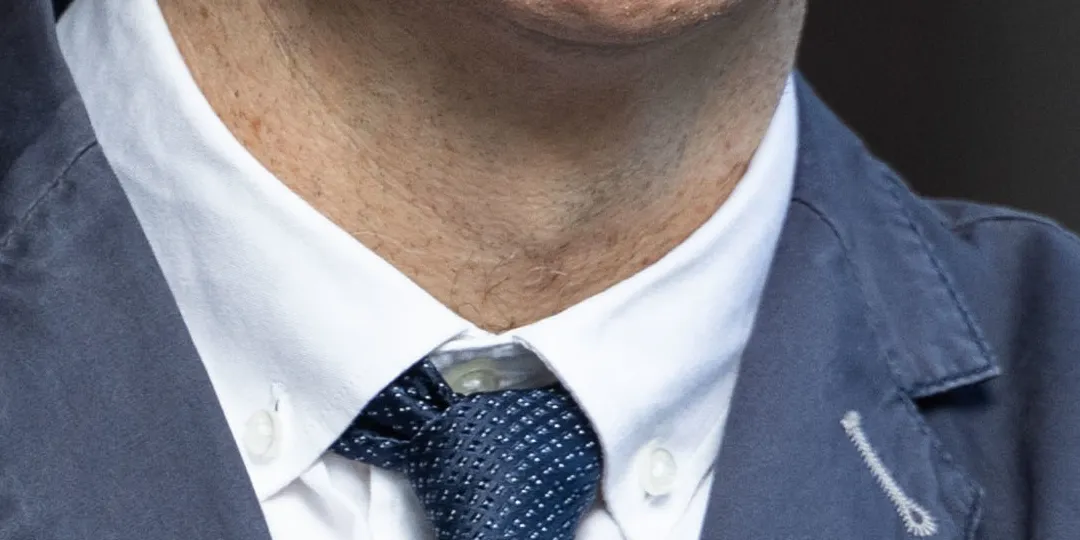“`html
Fred Eversley, Aerospace engineer Turned Light and Space Art Pioneer, Dies at 83
A look at the life and legacy of the artist who blended engineering precision with artistic vision, leaving an indelible mark on contemporary sculpture.
From Aerospace to Art: An Unlikely Trajectory
In 1969, while residing in the vibrant artistic community of Venice Beach, Los Angeles, Fred Eversley was immersed in the light and Space movement. This collective, known for its futuristic sculptures characterized by minimalism and geometric abstraction, provided the backdrop for Eversley’s artistic awakening.Though relatively new to the art world, his background as an aerospace engineer gave him a unique perspective. He recognized that creating a true parabolic sculpture—a perfectly symmetrical concave form, highly sought after by his peers—required a precise approach: casting liquid resin while it rotated on a vertical axis.
Eversley, who passed away on March 14, 2025, at the age of 83, embarked on a mission to build the necessary equipment in his studio. He dismantled existing tools and machinery, repurposing their parts to construct a “Frankenstein turntable.” This ingenious device, inspired by 1940s technology used to cast nuclear bomb components, featured a circular mold affixed to its rotating platform.
He then carefully selected liquid polyester, dyeing it in a spectrum of colors. Using his custom-built turntable, Eversley spun the material in concentric layers, harnessing gravity to form monumental blocks.
The resulting sculptures, cut and polished by Eversley, resembled futuristic towers or semi-clear portals. Despite the makeshift nature of his production process, the pieces possessed a sleek, refined aesthetic: Untitled (1969), one of his earliest experiments, is a pedestal-mounted shard of purple, green, and orange resin, evoking a block of kryptonite from Superman comics. Untitled (parabolic lens) (1978) appears as an inverse eclipse, a striking green concave block with a jet-black edge.
I am interested in the sculpture’s ability to refract and reflect light, as well as its surroundings. Both of these things have always been my primary motivation. I want to attract and give back energy to the viewer.Fred eversley,2023
Early Life and influences: engineering Roots
Born in New York City on august 28,1941,Frederick John Eversley was the son of Beatrice (nee Syphax),a schoolteacher,and Frederick Eversley,a Barbados-born chief engineer at a military aviation company. While he attended Elijah D Clark junior high school, Eversley’s formative education came from accompanying his grandfather, an avid inventor, to a local electrical supplies store. There, he learned Morse code and devoured his father’s *Popular Science* magazines, setting the stage for his future pursuits.
He continued his technical education at Brooklyn Technical High School in 1959 and later,at the Carnegie Institute of technology (now Carnegie Mellon University),where he studied engineering. As the only Black student in his program, Eversley navigated a challenging environment. During summer breaks,he worked for his father’s employer,gaining practical experience that complemented his academic studies.
Career Crossroads: From Wyle Laboratories to the venice Beach Art Scene
After graduating in 1963, Eversley joined Wyle Laboratories in California as chief of “special projects.” This role involved sourcing parts for clients like NASA and the U.S. Department of Defense,taking him to Denmark and Sweden,where he also explored the Scandinavian jazz scene. Concurrently,he pursued evening classes in French,beat poetry,and photography,forming connections with Edith Wyle,his boss’s wife and a patron of artists like Lee Mullican and Luchita Hurtado.
A pivotal moment arrived in January
What aspects of Fred Eversley’s artistic journey, considering his background in engineering, inspire you the most?
Remembering Fred eversley: An Interview with Art Historian Dr. Anya Sharma
A Conversation about the Life, Art, and Legacy of the Trailblazing Artist
Introduction: A Visionary’s Departure
Archyde News Editor: Dr. sharma,thank you for joining us today. Fred Eversley’s passing marks a significant loss for the art world. can you share your initial reflections on his legacy?
dr. Anya Sharma: Thank you for having me. It’s a profound loss. Fred Eversley was a true visionary. His ability to seamlessly blend his engineering background with his artistic vision resulted in groundbreaking sculptures that continue to inspire. He carved a unique niche in the Light and Space movement.
From Aerospace to Art: Crossing Disciplines
Archyde News Editor: Eversley’s journey from aerospace engineering to art seems unconventional. How did his technical expertise influence his artistic practice?
Dr. Anya Sharma: His engineering background was crucial. The precision and understanding of materials gained at Carnegie Mellon University were directly applicable to his quest for perfect parabolic forms. He understood the physics of light, which became essential to his work. He was fascinated incidentally speaking his sculptures interacted with and manipulated light.
Archyde News Editor: Coudl you elaborate on his studio practices and the technical challenges he overcame?
Dr. Anya Sharma: Absolutely. The “Frankenstein turntable” he created, a custom-built device to cast his resin sculptures, is a testament to his innovative spirit. The fact that he was able to create such powerful, eye-catching art with a self-made setup, utilizing techniques from the 1940s, is fascinating.
Key Works and Artistic Philosophy
Archyde News Editor: Let’s discuss some of his key works, such as “Untitled (parabolic lens).” What makes these pieces so impactful?
Dr. Anya Sharma: Works like “Untitled (parabolic lens)” embody his artistic philosophy. They invite contemplation on light, space, and the viewer’s interaction with the artwork. The way he refracted and reflected light created different experiences based on the viewer’s ever-changing position.
Archyde News Editor: Eversley once said he wanted to “attract and give back energy to the viewer.” How does his work achieve this?
Dr. Anya Sharma: His sculptures are immersive. The use of color, form, and the reflective qualities of the resin create a dynamic experience. They aren’t just objects to be viewed; they are environments that engage, challenge, and energize.
The Light and Space Movement and Eversley’s Place
Archyde News Editor: How did Eversley fit within the Light and Space movement of the 1960s?
Dr. Anya Sharma: Eversley was a key figure. While others explored light and perception, Eversley uniquely integrated his engineering knowledge to push boundaries of the movement. His approach, driven by precision and technical understanding, was very distinctive.
Legacy and Future Impact
Archyde News Editor: What do you think Fred Eversley’s legacy will be?
Dr.Anya Sharma: He leaves a significant legacy. His work has influenced contemporary sculpture, and he has impacted how artists think about materials, form, and the relationship between art and science. His legacy will live on through both his pioneering and his art’s enduring allure.
Archyde News Editor: Considering his unique ability to merge art with engineering, what impact do you foresee his work having on the intersection between art and technology going forward? Will his work serve as an inspiration for future generations?
Dr. Anya sharma: absolutely. Eversley’s work is a bridge between the two fields. Future artists will undoubtedly draw inspiration from his innovative use of materials and his approach to marrying technological advancement with artistic expression. It will undoubtedly motivate artists to integrate technology with their artistic visions.
Conclusion: A Lasting Vision
Archyde News Editor: Dr. Sharma, thank you for providing such insightful thoughts. Is there anything else you would like to add?
Dr. Anya Sharma: I believe it is indeed significant to continue to celebrate and study Eversley’s work,to appreciate his profound impact on art. I urge readers: What do you find most intriguing about Eversley’s artistic journey?





.jpg)


